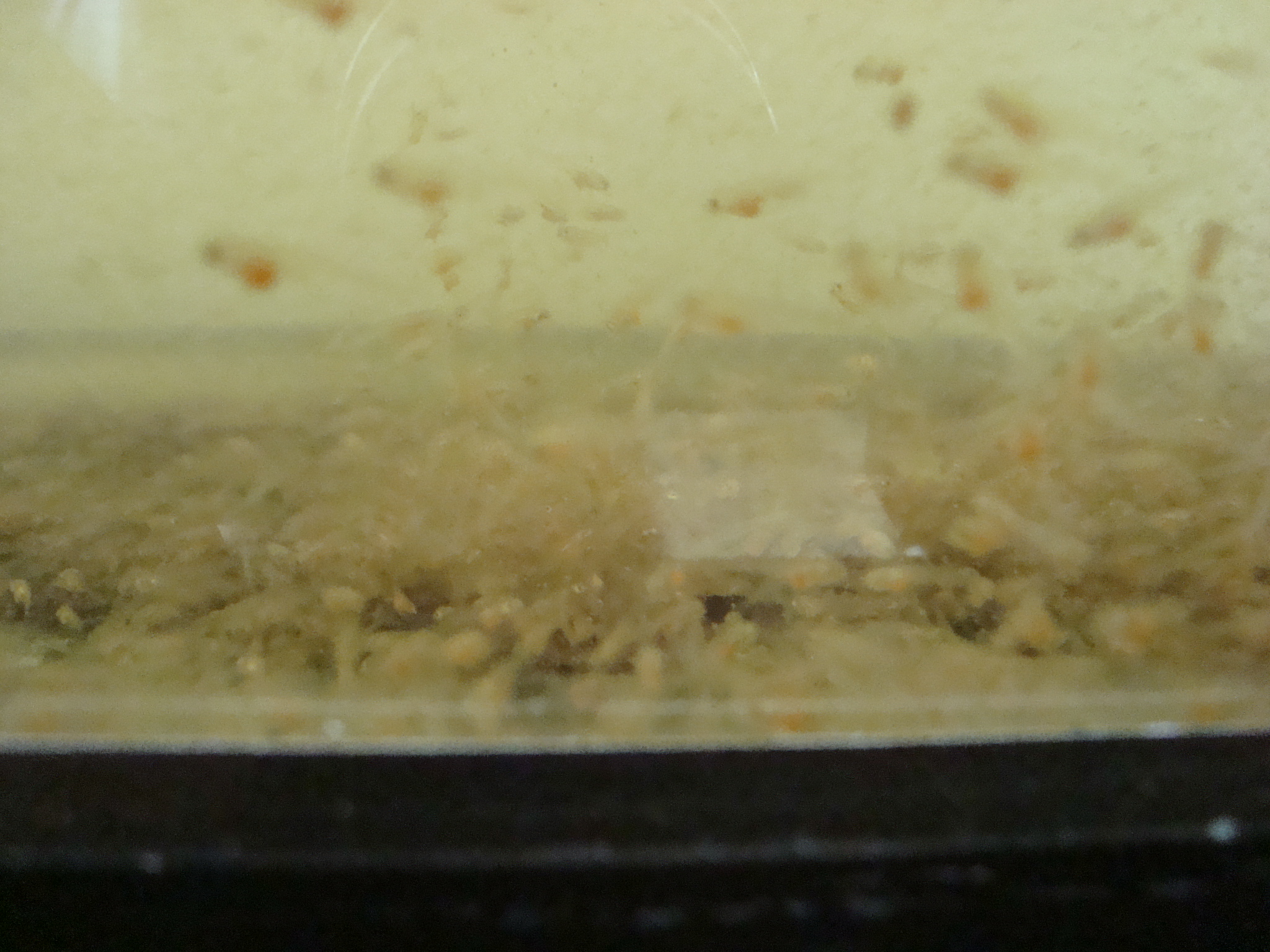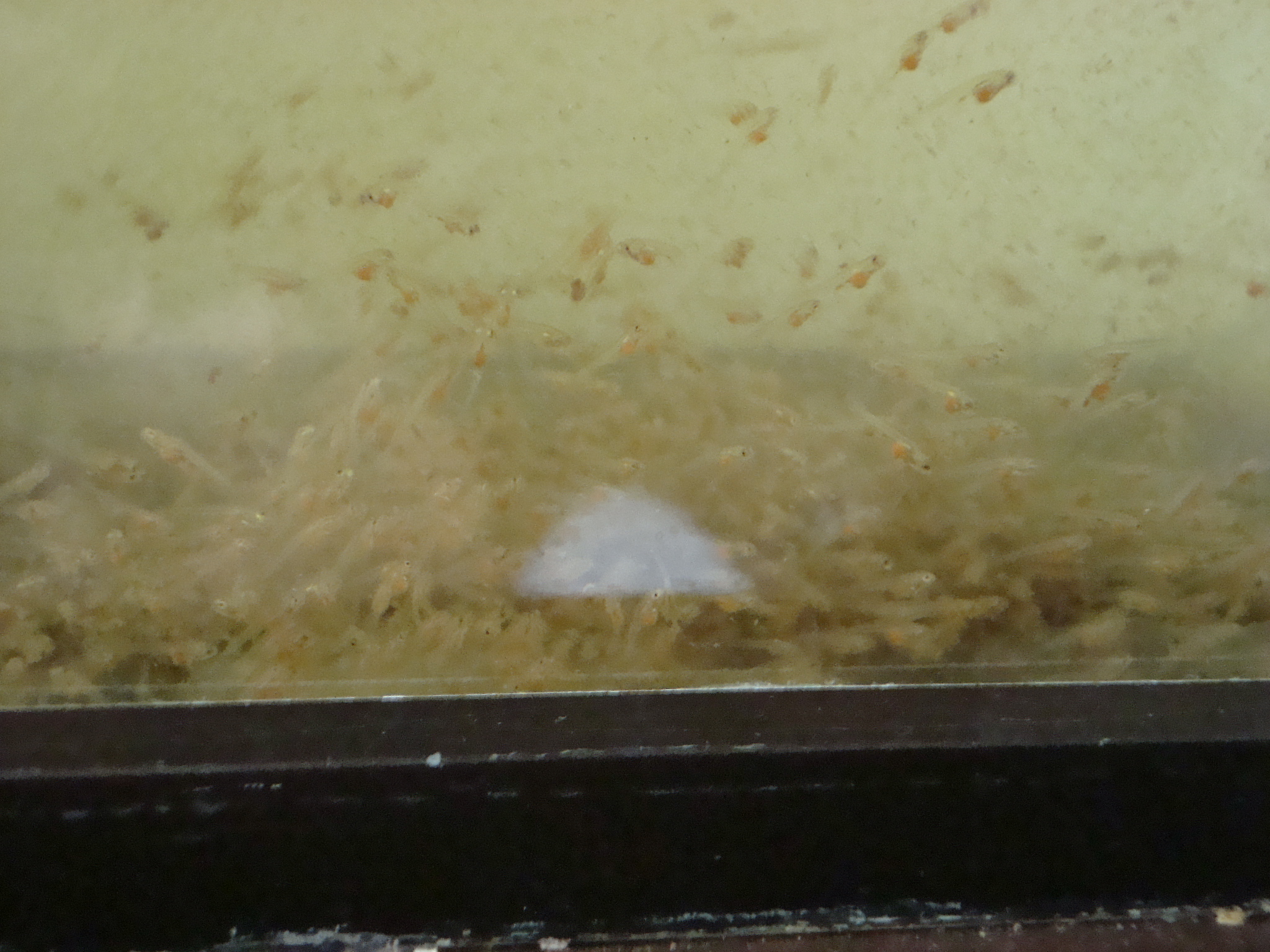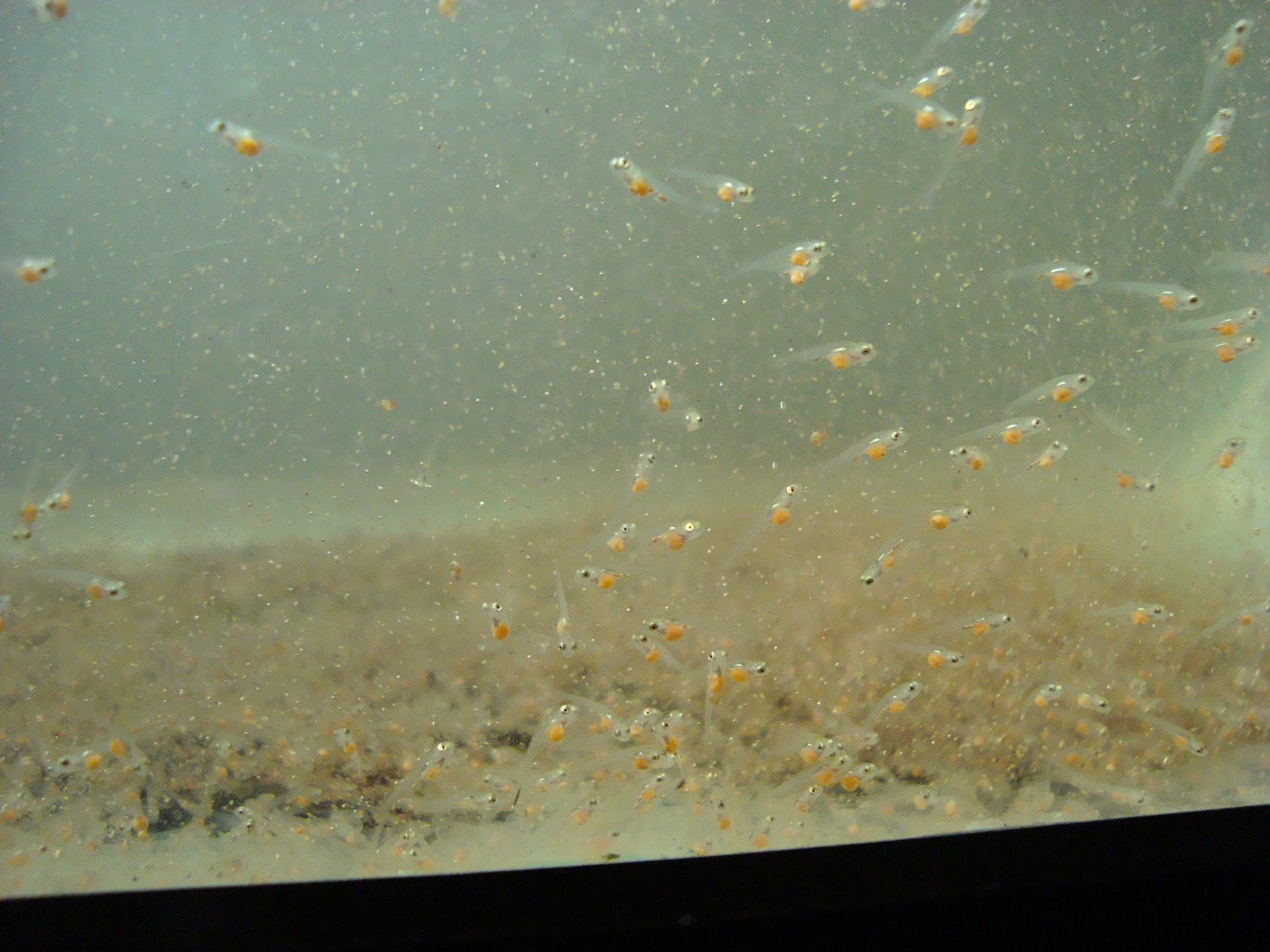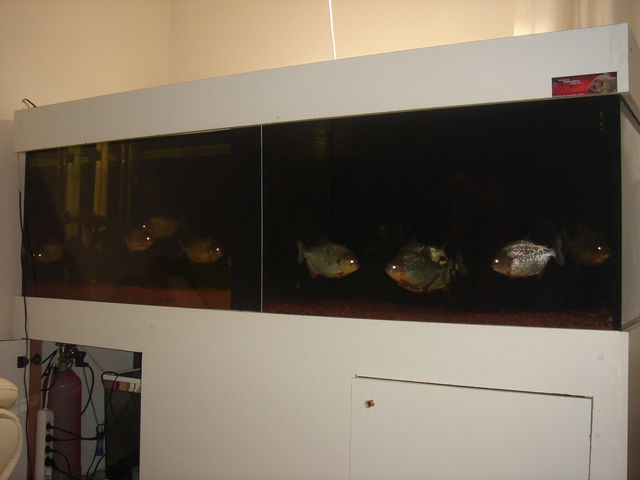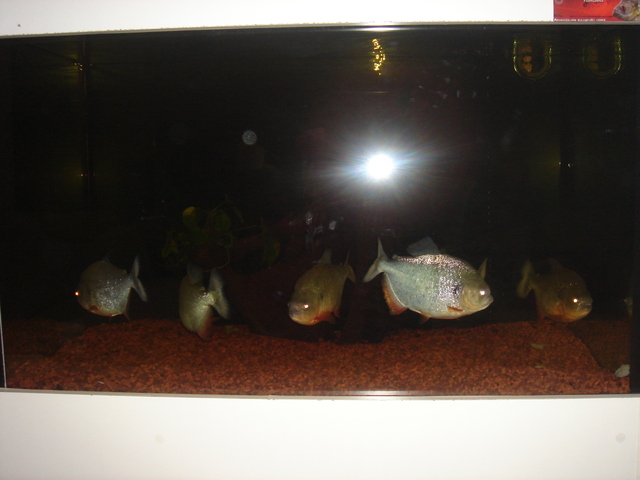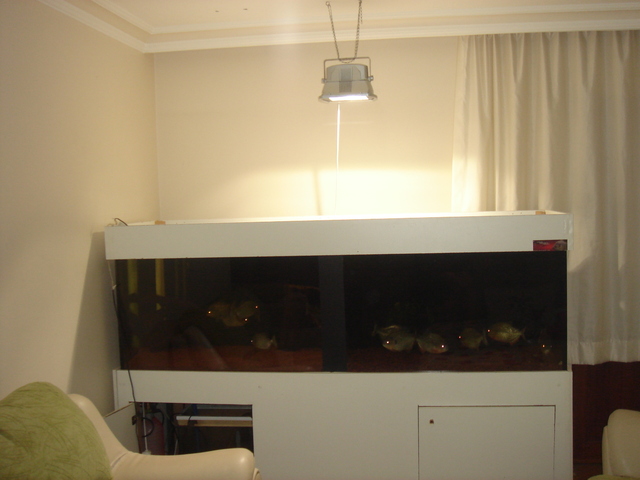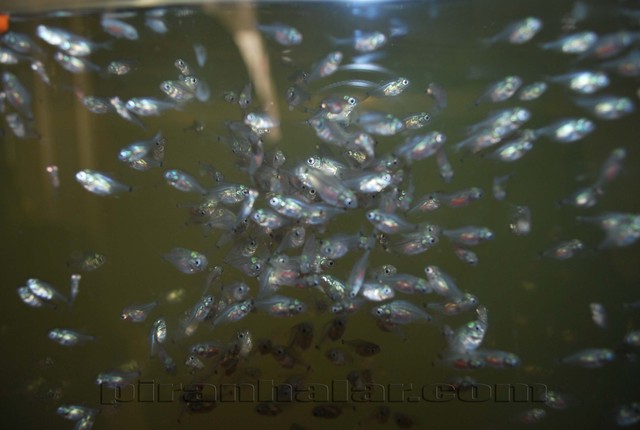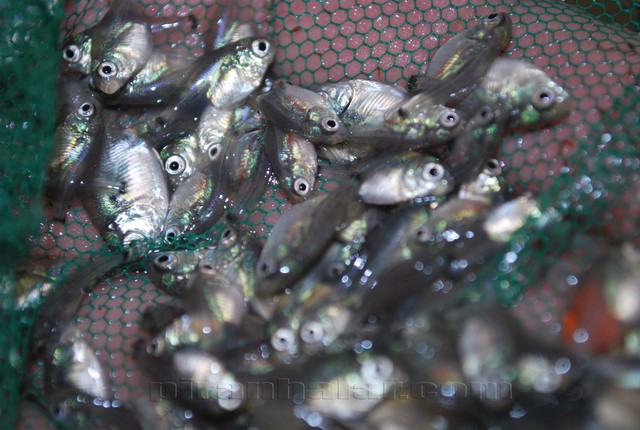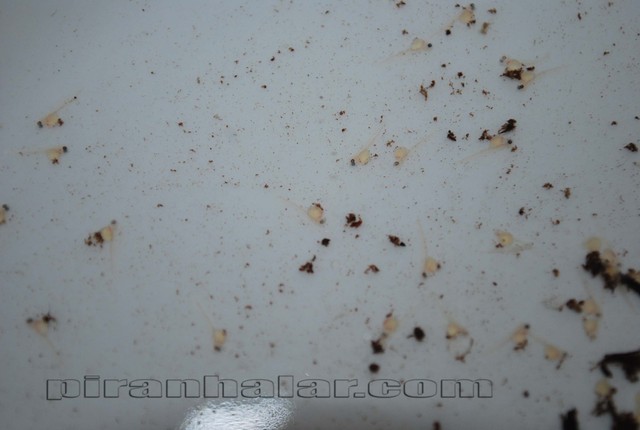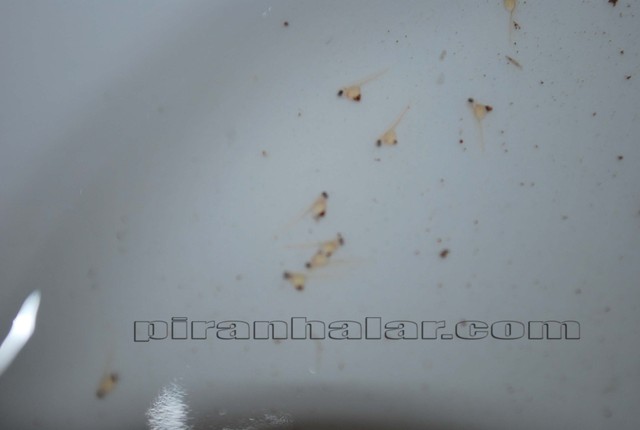NOT AVAILABLE - COULD BE FALSE INFORMATION
ACCORDING TO WWW.PIRANHALAR.COM
The Documented Spawning of Pygocentrus
cariba
www.piranhalar.com
Translation: Barış Uzmay and Dorukan Türkmen
Great Honor by breeding caribas: Yener Alkay
Posted 30 January 2011 - 06:04 PM at
www.piranha-fury.com
Important Note:
The following article is the translation of the cariba breeding process
achieved by Yener Alkay (member of http://www.piranhalar.com) with his own words. The original
message can be reached from the following link. http://piranhalar.co...hp?f=17&t=18111 Also, you can
write your comments on the following links: http://piranhalar.co...hp?f=17&t=18232 and http://piranhalar.co...hp?f=17&t=17651
Pygocentrus cariba Breeding Process
I have done different kinds of fish breeding especially Pygocentrus
nattereri species many times up until now. I have been thinking about using
the methods that i used breeding nattereri, and try to breed other
piranha species that haven't been bred yet. I bought 6 Pygocentrus cariba
that are around one and a half years old from Ömer Faruk Kanbak who is a
member of Turkey's Piranha Forum (http://www.piranhalar.com). I started
breeding trials at 01/November/2010. At first, I separated 2 of them thinking
that the tank is overcrowded for a successful breeding and I did go on with 4
caribes. After a week ( November 8 ) I had two engaged pairs as you can see in
the first video, one pair holding place at right and the other at left. They
were not allowing each other into their territory.
I observed that their colors started to be reformed and they
began to get into action.
Videos (October 8,2010)
Mating ritual on November 13,2010 - no eggs at that time
Eggs at last! and Male guarding the eggs on January 1, 2011
Siphoning the eggs from the tank - January 2,2011
Pictures of Baby P. cariba on January 7, 2011
Information about the breeding
tank
Size: 220*70*70 (cm)
Water temp: 30-31 (degree celcius)
pH: 5.5-6.0
Light: Metal Halide
Gravel: Cracked Lava pieces
Decor: Mangrove Wood
Yener's Comments:
This fish (P. cariba) loves the flow. The light from the metal halide
lamp used for this tank’s lightning is not given to the tank directly.
Instead, I have used fabric to cover the top of the steam glass on top of the
tank which reduces the light.
Daily water changes are absolutely necessary for cariba. Although I haven’t
done this on purpose, I observed and figured out the positive effects of daily
water changes while I was transferring water from main tank to my P.
nattereri fry tank. I was using fresh water to cover the descending water
from the main tank.
pH is very important and it affects the survival of the eggs directly. The eggs
are not as strong as nattereri eggs, thus they don't survive if the ph is
not right. The fungal disease for some of the fries has been observed. cariba
eggs are not as durable as P. nattereri, so pH plays one of the most
important roles for a successful hatching. The methods for cariba are
similar to that are used in Discus (genus Symphysodon) breeding; Daily
fresh water!
cariba are fed every day. Maybe it is not rational, since there is a huge
protein boost. However, if the fish is well fed, it will pay back with a
present.
I mainly use CO2 for stabling the pH level. Sump and using high quality filter
media in the sump is another important necessity. Sump filtration should be
biological rather than mechanical. Peat pellets (Torf peat) is a must in the
sump. This is very important.
Other pictures:
Update as of February 6, 2011
1 month old baby cariba:
New fry (1-2 days old):
ADDITIONAL INFORMATION
As a matter of fact, pH and wet/dry season simulation are the
key points. pH is always under control varying between 5.4 and 5.6 . pH is
increasing with water changes, however I am regulating it with chemical
substance usage. I also use peat for reinforcing. Accordingly, the filtration
system can be considered as the best. I mainly focus on biological filtration
rather than mechanical. Kh is already in direct proportion with pH. Nitrate is
very close to zero. Zero level is already impossible to reach practically. I
think there is no need to tell how to make it zero. I did not apply stimulation
directly, but instead apply indirectly. Let me tell how. I already mentioned
this in one of foreign forums but let me tell you again. I take out 4-5 buckets
of water from the tank and exchange it wit tap water directly on a daily basis.
Yes, from the cold tap water we know. 5-10 minutes after adding the tap water, i
feed the fish. It is also the same case in their wild life, isn't it. Dry season
starts, water draws back, they cannot take their usual food. Then rains start,
water starts to cool and fishmeal abundance starts. I do liken this daily water
refreshment to dry season simulation. In any case, fish will believe that he
lives in a wet/dry season in one of these time intervals.
FROM FRANK MAGALLANES
According to my sources in Venezuela, P. cariba migrates
upper cleaner waters. So it seems plausible that pH would be a factor in terms
of water chemistry and quality.
The OPEFE web site and its contents; is disclaimed for purposes
of Zoological Nomenclature in accordance with the International Code of
Zoological Nomenclature, Fourth Edition, Article 8.3 and 8.4. No new names or
nomenclature changes are available from statements at this web site.
Copyright© 1994-2008 Oregon Piranha Exotic Fish Exhibit (The
OPEFE fish exhibit is permanently CLOSED as of 2000) Sutherlin, Oregon.
Information posted on this web site is archival data on fish scientific
classifications and other information. DISCLAIMER: The copyrighted
material may not be used for any purpose other than
private study, scholarship or research. Cited information requires credit and
this link www.opefe.com. All rights reserved. All images shown (unless
otherwise noted) is property of OPEFE.
UPDATED: 12/27/2011

